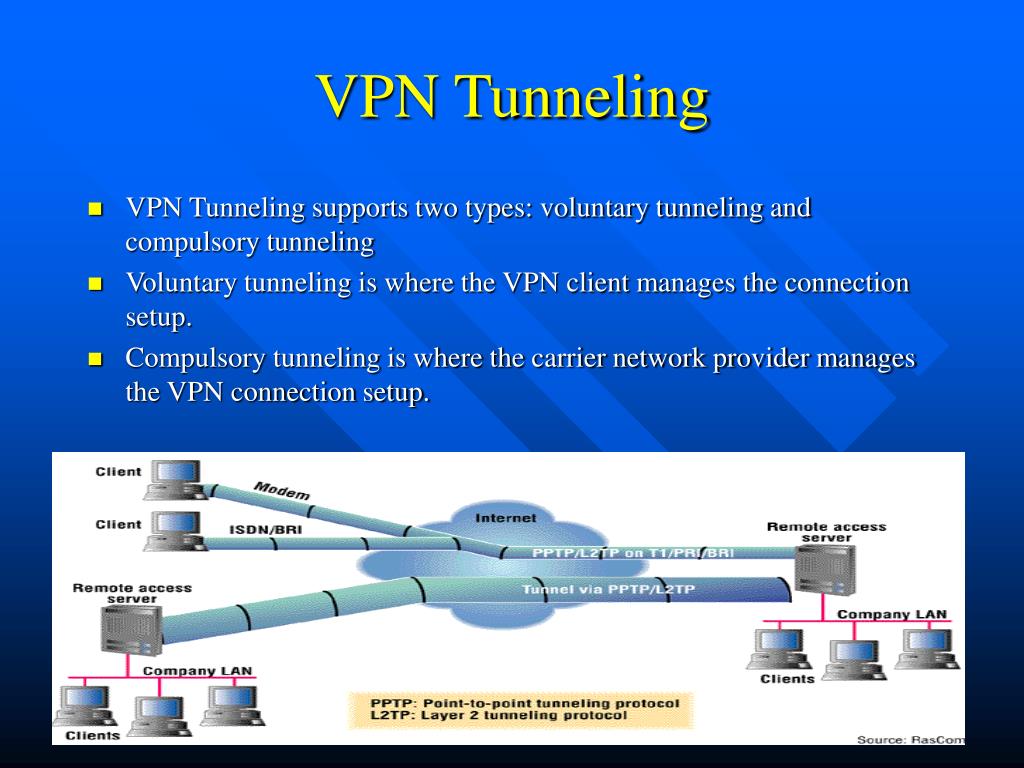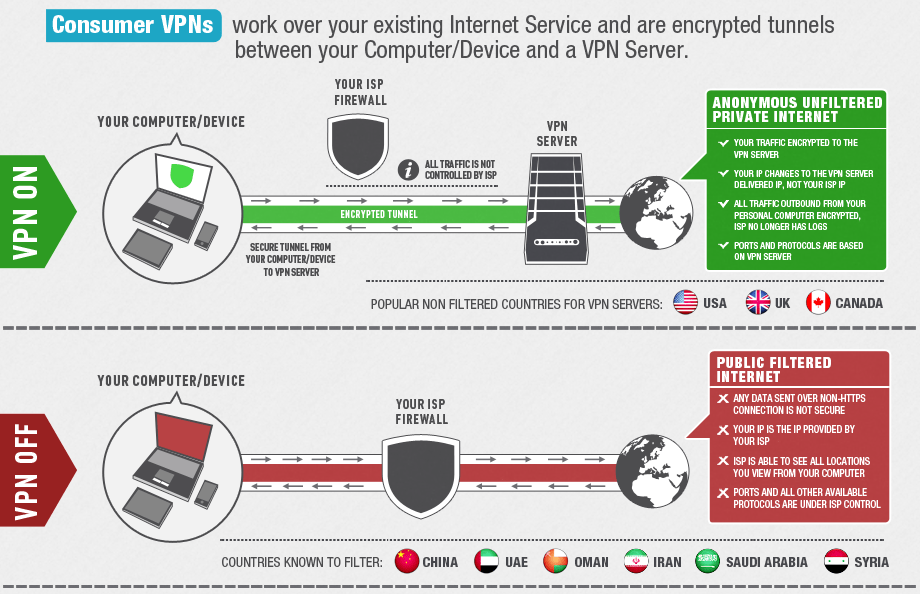
Split Tunneling: A Common VPN Feature to Define What Traffic Goes Through VPN Hence take care when selecting a VPN for daily crucial internet activities. Some VPNs only lock the data between the device and VPN server, leaving the left VPN server to website out of VPN tunnel’s protection, that’s so dangerous that data leakage could happen at any time, especially when the site doesn’t use HTTPS yet. If an asymmetric one wants to obtain the same level of cryptographical effect, it would require a longer key length.Īlso, end-to-end encryption is essential to keep the communication line totally concealed. AES belongs to the symmetric encryption algorithm with truly stronger encryption whereas ECC is asymmetric encryption means with faster speed.
#What is private tunnel vpn plus#
At present, OpenVPN and WiredGuard, plus high-bit encryption like AES and ECC are considered as the most reliable combinations. Every VPN protocol has its own pros, cons, and internal encryption. Only when they two are both strong enough can you enjoy first-class privacy protection. Whether a VPN’s tunnel or say tunneling process is 100% locked and safe is decided by the VPN protocol plus VPN encryption method the developer adopts and you select to use finally. VPNs also use Secure Sockets Layer (SSL) or Transport Layer Security (TLS) that operates at layer 6/7 of the OSI model to establish a secure locked link between the web server and browser, protecting the data on VPN tunnel against third-party’s packet sniffing and man-in-the-middle attack. (> See details on 10 mainstream VPN protocols) All of them deliver different speed, security, and stability standards. Customer VPN providers may offer varying VPN protocols support, some of which employ known (open source) ones like PPTP, L2TP, IPSec, OpenVPN, and WireGuard while some big brothers simply work out their own unique protocol for claimed better performance.

It’s exactly the encryption that makes VPN connections become private, untraceable, and uncrackable. In VPN tech, tunneling refers to the process of data encryption and transport on the public network via VPN tunnel built between two ends, specifically between your device and the network destination. Besides, it’s also applied in other places like Linux IP tunneling (Mobile-IP and IP-Multicast) and GPRS Tunnel Protocol/GTP. VPN is just a typical service created based on tunneling. company’s one) or insecure/restricted one. Generally, the tunneling tech is used to build an accessible or safe path for users to enter into the remote impractical network (e.g. There are some other protocol names such as GRE, SSTP, IP in IPv4/IPv6, SIT/IPv6, and OpenVPN. Tunneling may rely on layer-2 protocol like PPTP, L2TP and L2F to operate at the data link layer or layer-3 tunneling protocol like IPSec to work at network layer of the OSI model, the former of which is mainly applied for Access VPN/VPDN and the latter of which for In- and Ex-tranet VPN in corporations. Tunneling process happens along with the tunneling protocol or say communication protocol, to ensure a successful data travelling by conducting packet encapsulation and wrapping. In computer network, tunneling, commonly known as port forwarding, is a tech method leveraged to connect the same-type networks through another type of network, for example connecting Ethernet 1 to Ethernet 2 via WAN. To better understand it, let’s take a look at what is tunneling in computing and VPN separately: – Tunneling


VPN tunnel, simply put, is the encrypted tunnel that connects between the user device and the internet end. What Is VPN Tunnel? How Does It Work? Split Tunneling: A Common VPN Feature to Define What Traffic Goes Through VPN FAQs on VPN Tunnel and More What Is VPN Tunnel? How Does It Work?


 0 kommentar(er)
0 kommentar(er)
